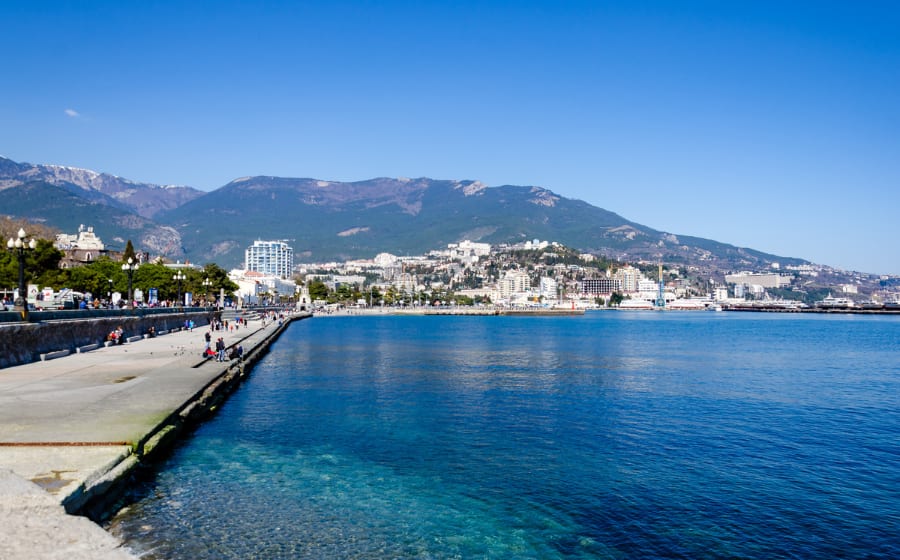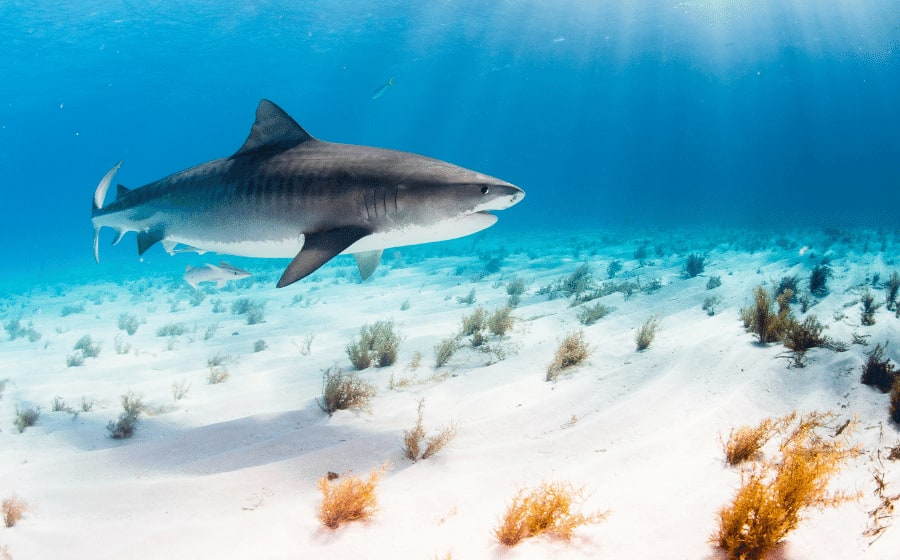Is the Mediterranean sea saltwater? Yes, very! This is why
November 21, 2022
Win a FREE Trip to Spain!
Exciting Announcement! For the first time, we're thrilled to offer exclusive trips to the heart of Spain - an experience like no other. This isn't your typical tourist journey; it's a unique opportunity to immerse yourself in authentic Spanish culture, alongside real locals and our passionate team.
But there's more! Simply by requesting information about this amazing trip, you'll be entered into a special draw to win a Fully Paid Trip to Spain for Two. And that's not all - everyone who inquires will receive an exclusive bonus gift, valued at $500, available only now.
Ready to Discover the Real Spain?Click Here ↑ to Request Information & Enter the Draw!
Can you imagine if the Earth had a 500-foot-high layer of salt? Well, that’s what it would look like if we took all the salt out of the ocean and put it on the Earth.
I’m not even kidding. The scientific community estimates that number! —And it’s increasing, by the way. You’ll learn more about that later.
In this post, I’ll explain everything you need to know about the Mediterranean salty sea and answer all your doubts about why there’s salt in the seas and oceans. And please, don’t get confused by thinking this is a dumb question since knowledge is the first road to preserving our biodiversity. Our seas are the most important shelters and primary regulators of marine life, climates, and food.
After reading this post, I’m sure you’ll be more aware of our beloved environment, so I encourage you to read it!
Is the Mediterranean sea freshwater or saltwater?
The Mediterranean sea is saltwater and is one of the seas with the highest salinity, with 38 grams of salt per liter. This high salinity is due to the fact that the Mediterranean Sea loses three times more water through evaporation than the Freshwater it receives from the rivers that flow into it.
Reasons why the Mediterranean sea is so salty
Sea water is salty mainly because the water in the clouds falls and passes through the atmosphere and interacts with carbon dioxide. This exchange causes a chemical reaction and the formation of small amounts of carbonic acid, making the rainwater slightly acidic.
After millions and millions of years, this rain has physically eroded and chemically decomposed the rocks, giving rise to salts and minerals in a dissolved state (in the form of ions). As they runoff through streams and rivers, they gradually end at sea, increasing the salinity of the oceans. Edmund Halley was the first physicist who said this most widely accepted theory of why seawater is salty.
Salt in the ocean can come from different sources and depends on several factors:
- Underwater volcanic eruptions
- Hydrothermal fluids: Salt also comes from cracks in the seafloor, from hydrothermal vents where the magma from the Earth’s core hyperheats the mineral-bearing seawater.
- Salt domes: The minerals deposited into the sea have built up over millions of years and become more concentrated.
- Evaporation of seawater caused by solar energy
- Depending on the latitude
- Depending on the Freshwater flows
- Depending on the depth of the ocean
Just so you know, these are some of the most frequently asked questions about the Mediterranean Sea, answered:
13 Fascinating Mediterranean Sea Facts You Always Wanted to Know
Is the Mediterranean sea an Ocean? It’s called sea for a reason!
Why is the mediterranean sea called like that? 5 Unknown Facts
Salinity of the Mediterranean Sea compared
Scientists like to call salinity what we know as “saltiness,” representing the total amount of salt dissolved in the water (grams of salt dissolved in 1 kilogram of water)
The saltiness of seawater varies significantly across the ocean basins.
| Seas and Oceans | Salinity (grams per liter) |
|---|---|
| Red Sea | 42-46 |
| Persian Gulf | 40-44 |
| Mediterranean Sea | 36-39 |
| Caribbean Sea | 4-38 |
| Indian Ocean | 33-37 |
| Pacific Ocean | 33-36 |
| Atlantic Ocean | 33-36 |
| Baltic Sea | 6-18 |
What minerals are in Mediterranean sea salt??
The Mediterranean Sea is composed of the following elements: Chloride, with 19 grams; Sodium, 10.57 grams; followed by Sulfate, 2.66 grams; Magnesium, 1.3 grams; Calcium, 0.42 grams; Potassium, 0.38 grams and other elements with 0.66 grams. These compounds make up a total of 35 grams of dissolved marine salt in the Mediterranean Sea.
It is crucial to mention that the Earth would not be the same without ocean salts. These compounds make seawater denser than inland waters, giving it a lower freezing point. Denser water sinks and makes room on the surface for less dense water, which is vital for the circulation of currents in the oceans since they distribute heat and carbon around the planet and regulate its climate! If you’re interested in the climate of Spain, this article can be helpful:
What is the climate in Spain? Our Real Weather and Temperature
Here is a table so you can see it more visually:
| Elements | Grams | Percentage |
|---|---|---|
| Chloride | 19 | 54.3% |
| Sodium | 10.57 | 30.2% |
| Sulfate | 2.66 | 7.6% |
| Magnesium | 1.3 | 3.7% |
| Calcium | 0.42 | 1.2% |
| Potassium | 0.38 | 1.1% |
| Other elements | 0.66 | 1.9% |
| Total | 35 | 100% |
Is Climate change affecting the Mediterranean sea?

To illustrate how salt levels change over the years, look at the following animation video by NASA’s ECCO project comparing the sea surface salinity data from 2015 to 2017.
Salinity is a variable related to changes in the water cycle: “If it rains in the sea, freshwater increases and salinity decreases; if there is evaporation due to insolation, the water goes to the atmosphere while the salt stays in the ocean and salinity increases.”
In other words, since the water leaves without the salt in the evaporation process, the concentration of salts has been increasing, year after year, until reaching the current salinity.
Think of a coffee pod. Less water makes a stronger brew!
Salinity is also a fundamental variable for the planet’s heat system. So, the scientific community agrees that climate change has amplified sea surface salinity patterns. Meaning that wet areas get wetter and dry regions get drier.
Source: Nasa Salinity and Ocean Life, 2022.
Unfortunately, The Mediterranean Sea is considered the most polluted, with the highest rates of hydrocarbons and pollutants worldwide. However, many actions are yet to be taken, and the future looks bright for greater awareness on concerning topics.
Fewer pollution on marine life, sustainable fishing, and the creation of protected areas where species can find refuge and recover their populations are some actions on a larger scale that can reduce the damage to marine fauna. This can reduce the effects these phenomena exert on the salinity of the Mediterranean Sea.












